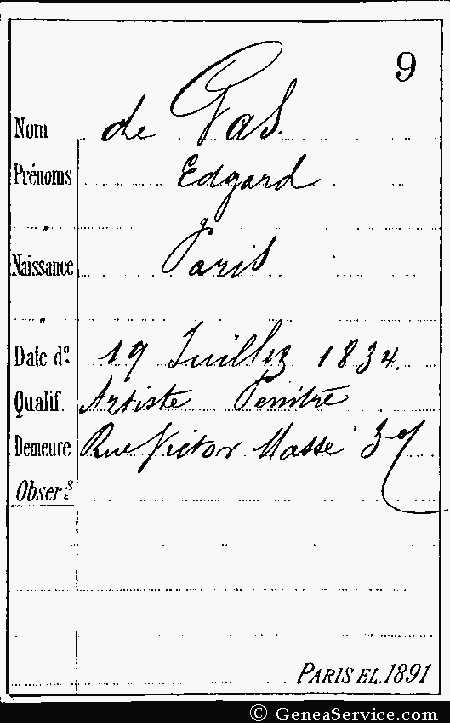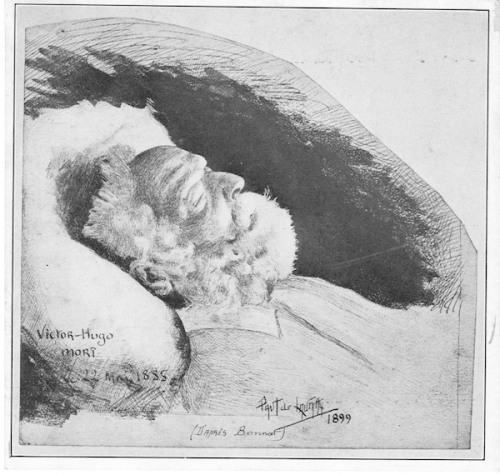The following announcement was written by Ancestry.com:
Week of Free Access Enables Families to Discover Stories of Ancestors’ International Travels and Passage
PROVO, UTAH – (August 29, 2011) – Ancestry.com, the world’s largest online family history resource, today announced an entire week of free access to its popular U.S. and International Immigration and Naturalization records. The free access week begins August 29th and runs through the Labor Day holiday ending September 5th. During this time, all visitors to Ancestry.com will be able to search for free the indices and images of new and updated U.S. immigration records as well as selected international immigration records from the United Kingdom, Ireland, Italy, Australia, Canada, Germany, Sweden and Mexico. Millions of Americans can trace their family history to other countries, and these collections provide valuable information about the travels and journeys that brought them to America or other countries around the world.
Ancestry.com’s extensive collection of immigration, naturalization and travel records offer an important resource for discovering and celebrating family history. As part of this promotion, the company is adding to its collection of U.S. and international records for tracing relatives from their homeland to other countries around the world. These records include ships passenger and crew lists, declarations of intent, petitions for naturalization, witness affidavits, border crossings, certificates and other records generated by the naturalization process, which is the act and procedure of becoming a new citizen of a country. Because the process has changed significantly over time and varies from country to country, different records are available from a wide variety of state, federal and international sources.
Newly added U.S. collections include Florida Petitions for Naturalization, 1913-1991; Delaware Naturalization Records, 1796-1959 and Utah Naturalization and Citizenship Records, 1850-1960. Noteworthy updated U.S. and international collections include U.S. Naturalization and Passport applications, 1795-1972; UK Incoming Passenger Lists, 1878-1960; Border Crossings: From Canada to U.S., 1895-1956; New South Wales, Australia, Unassisted Immigrant Passenger Lists, 1826-1922; Border Crossings: From Mexico to U.S., 1895-1957; New York State, Passenger and Crew Lists, 1917-1973; Atlantic Ports Passenger Lists, 1820-1873 and 1893-1959.
“One of the most common elements of the American experience is our respect and interest in our native heritage. Almost all Americans have international roots, and many take great pride and even feel patriotic toward the countries from which their ancestors originated,” said Josh Hanna, Ancestry.com Executive Vice President. “That’s why we continue to build and enrich our collection of immigration and naturalization records and why we are providing free access to anyone who wants to search these records to discover their family’s international history.”
Many families have already made important discoveries in Ancestry.com’s immigration and naturalization collection. Each of the following stories offers an example of the exciting and often emotional discoveries made by some Ancestry.com users.
- David A. Bader – Atlanta, GA: Bader traced his mother’s immigration from birth in Vienna, Austria, in 1934, during the Holocaust, through a KinderTransport to England (1939-1941), and eventually her immigration into the U.S. He’s also traced her parents’ journeys through concentration camps and other paths that lead to the United States, where the family came back together after their separate journeys of luck and fate.
- Kristine Plotinski – Romeo, MI: Plotinski recently found the ship manifest of when her grandparents and three aunts immigrated to the United States from Iraq in 1947. She shared this document with her aunts and they were deeply touched when they saw their names on the manifest. One of her aunts remarked that she had been unable to find her immigration records on a visit to Ellis Island and recounted that seeing the document from Ancestry.com brought back many memories. Her aunt very clearly remembers the day in 1947 when her ship arrived in New York. She was awed by the lights of New York and the snow and wore a pink coat made with rabbit fur, which her grandmother had made for each of Kristine’s aunts.
- Jackie Wells – Annapolis, MD: Although her father died of cancer, Wells was fortunate to spend considerable time with him before he passed. Many of their talks focused on his family history. He did not know much about his mother, who died from a fire when he was three, or about her background. His father remarried and supported a blended family, but did not talk about his background. Since those discussions, Wells has traced her father’s side back to the original immigrants, finding early colonial settlers of New England, a sea captain defending New York’s harbor under George Washington in 1776, early residents of the new capital Washington, hard-working mid-1800’s immigrants, Civil War soldiers, sports legends and many poignant personal stories. So far, for two of the immigrants Wells located, she has traveled to and photographed their birth villages, in Italy and in Germany. Wells’ family history research has helped her find and be welcomed by hundreds of newfound relatives who have provided many memories and a much deeper understanding her father’s family history.
To start researching the immigration and naturalization records for free, please visit www.ancestry.com/immigration.
Related articles
- 1940 U.S. Census to be Free on Ancestry.com (woodtxgene.com)
- Putting history on the map – a new partnership with Cassini maps (blogs.ancestry.com)
- Review: Family Tree Maker for Mac helps track ancestors (macworld.com)
- An Independence Day Gift from Ancestry.com! (susanheim.blogspot.com)
- Use the AncestryShop (ancestry.co.uk)
- We’ve launched Ancestry Labs – and we’d love your feedback (blogs.ancestry.com)




You must be logged in to post a comment.